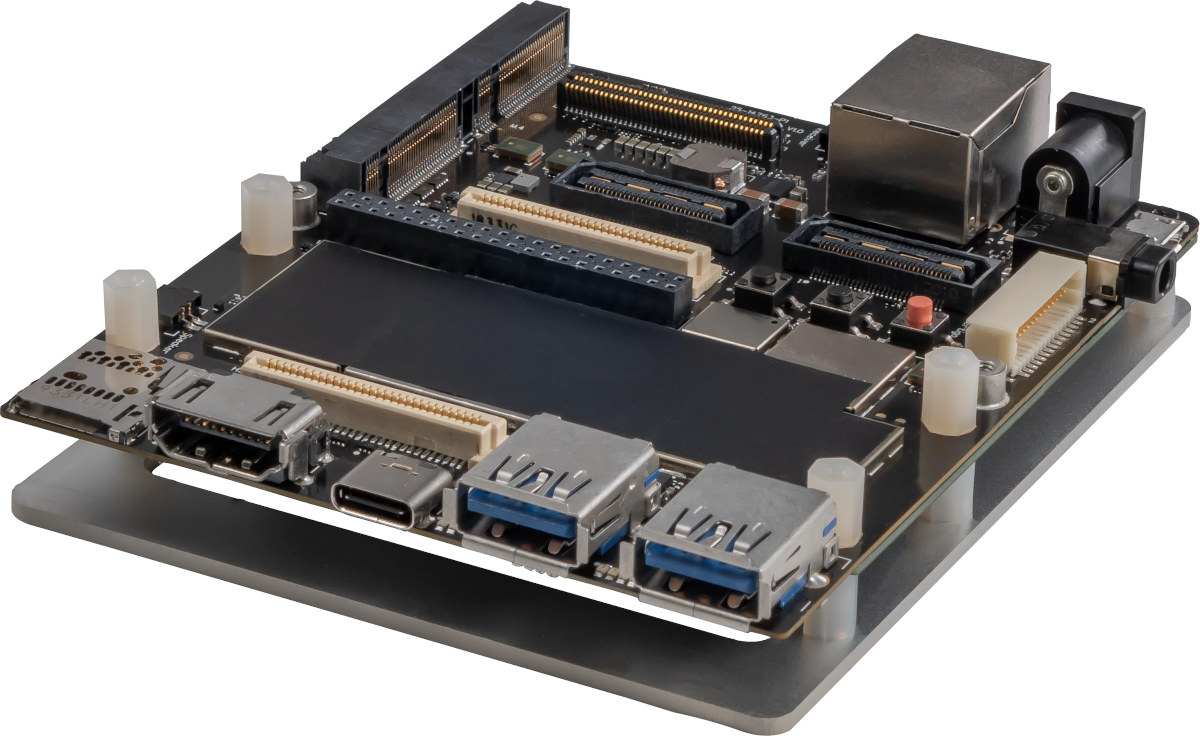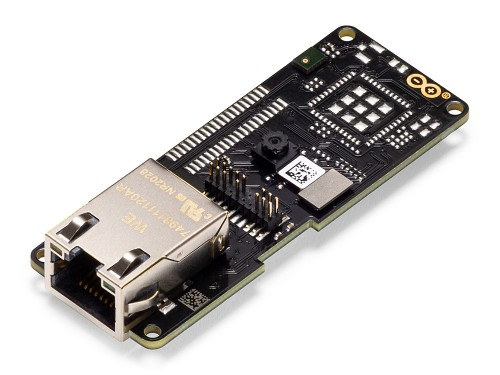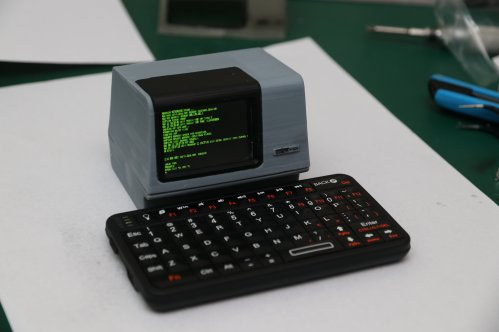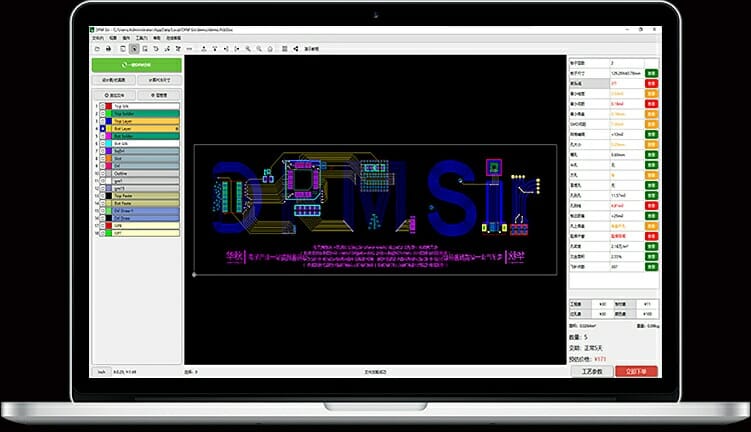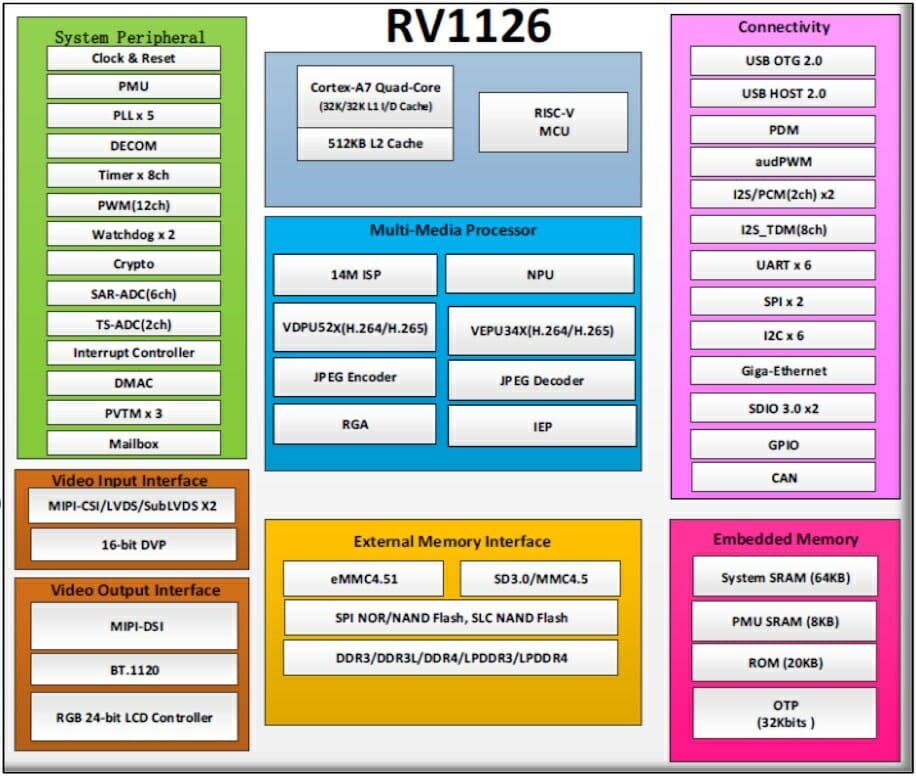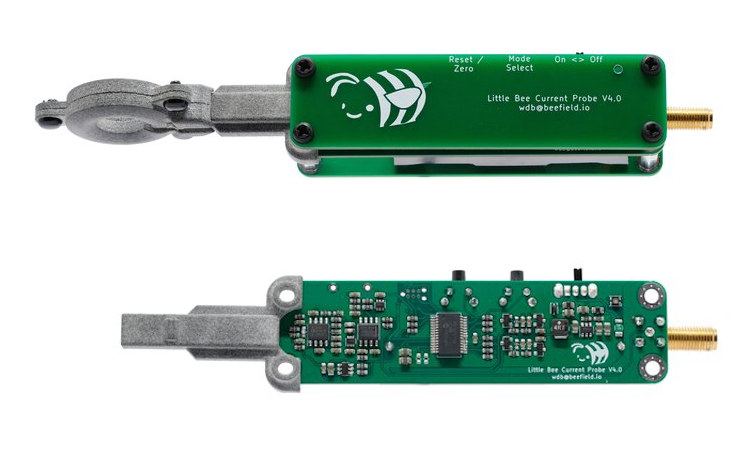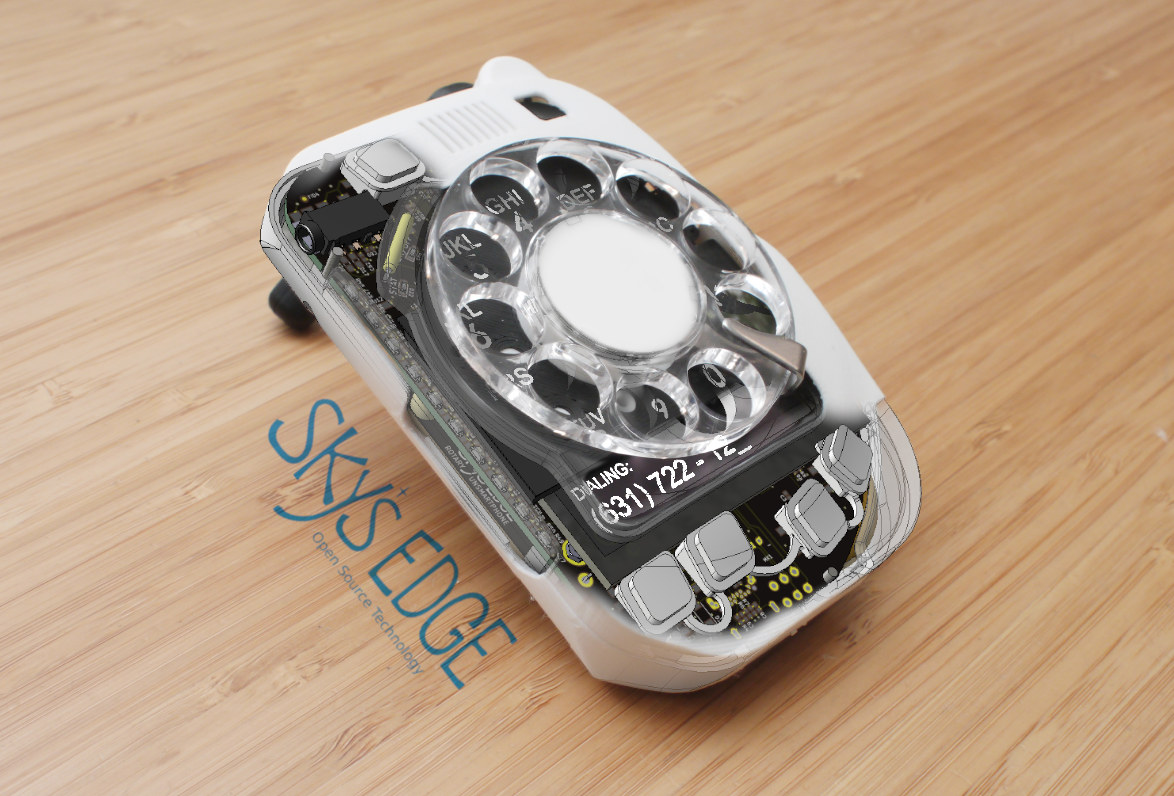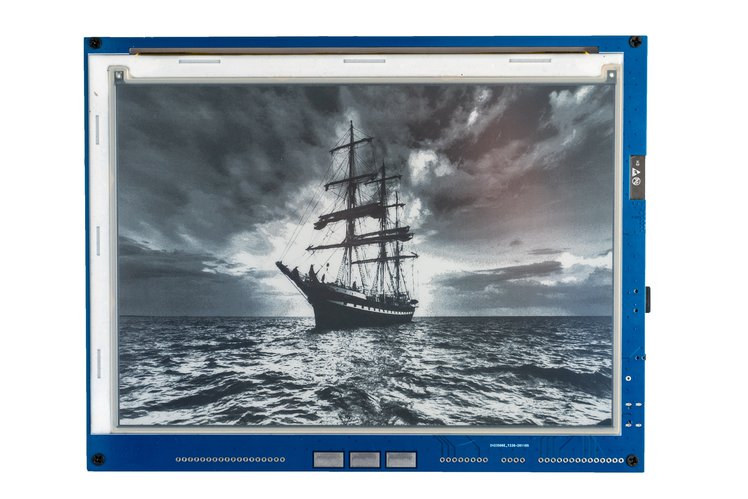Snapdragon 888 is the latest premium mobile SoC from Qualcomm with the octa-core processor combining one Cortex-X1 core, three Cortex-A78 cores, and four low-power Cortex-A55 cores, with Adreno 660 GPU and Snapdragon X60 5G modem. The processor will likely most be found in smartphones, but Qualcomm partnered with Lantronix to launch the Snapdragon 888 Mobile Hardware Development Kit designed for Android app developers, hardware vendors, and original equipment manufacturers (OEMs). Snapdragon 888 development board specifications: SoC – Qualcomm Snapdragon 888 (SM8350) octa-core Qualcomm Kryo 680 CPU with 1x Cortex-X1 core @ 2.84 GHz, 3x Cortex-A78 cores @ 2.42 GHz, and 4x Cortex-A55 cores @ 1.80 GHz, Adreno 660 GPU with support for OpenCL 2.0 FP, OpenGL ES 3.2, Vulkan 1.1, DX12, and up to 8K 360 VR video playback, Hexagon 780 DSP System Memory – 12GB LPDDR5 PoP memory Storage – 256GB UFS 3.0 flash, 1x MicroSD/UFS card Display HDMI […]
Arduino Portenta H7 Gets Embedded Vision Shield with Ethernet or LoRa Connectivity
[Update January 28, 2021: The LoRa version of Portenta Vision Shield is now available] Announced last January at CES 2020, Arduino Portenta H7 is the first board part industrial-grade “Arduino Pro” Portenta family. The Arduino MKR-sized MCU board has plenty of processing power thanks to STMicro STM32H7 dual-core Arm Cortex-M7/M4 microcontroller. It was launched with a baseboard providing access to all I/Os and ports like Ethernet, USB, CAN bus, mPCIe socket (USB), etc… But as AI moves to the very edge, it makes perfect sense for Arduino to launch Portenta Vision Shield with a low-power camera, two microphones, and a choice of wired (Ethernet) or wireless (LoRA) connectivity for machine learning applications. Portenta Vision Shield key features and specifications: Storage – MicroSD card socket Camera – Himax HM-01B0 camera module with 324 x 324 active pixel resolution with support for QVGA Image sensor – High sensitivity 3.6μ BrightSense pixel technology […]
Mini replica of DEC PDP-11 computer runs 2.11 BSD UNIX on ESP32 SoC
The relatively popular Digital Equipment Corporation (DEC) PDP-11 16-bit minicomputers started selling in the 70s, and were still available in the earlier 90s. While being stuck in Europe due to COVID-19 restrictions, Jeroen Domburg (aka Sprite_tm) decided to design a tiny replica of a DEC VT102 PDP-11 terminal based on ESP32 wireless SoC and running 2.11 BSD UNIX through SimH PDP11 emulator. Jeroen had to do significant work to make SimH works on ESP32 however, with notably the need to optimize the memory footprint: Obviously, ‘just port SIMH to an ESP32’ is a bit of a understatement for the effort that was needed. Even while SIMH is a pretty nice program when it comes to not using any unique APIs, it still is a system developed for a full-blown workstation and assumes RAM is cheap and plentiful. In order to get it running on an ESP32 and still have some […]
NextDFM software detects PCB design problems before manufacturing (Sponsored)
Shenzhen Huaqiu Electronics Co., Ltd, better known as NextPCB, is a PCB manufacturer with multiple factories in China, and that has been around for over 15 years. During this time, the company dealt with thousands of engineering problems of PCB leading to higher prices and delayed schedules. So to help its customers, the company has developed NextDFM software to detect common PCB design problems, and ultimately help engineers to build low-cost and high-efficiency PCB projects. DFM stands for “Design For Manufacturability”, glad you asked. NextPCB is a free download that’s available for Windows only for now, but the company is also working on Linux and Mac OS versions that will be released in the future. The software supports generic Gerber files as well as PCB layout files from EDA programs such as Altium, Pads, and Protel99SE. Once your file is loaded in the program you’d be able to run the […]
Rockchip RV1126 AI Camera SoC features 2.0 TOPS NPU, promises 250ms fast boot
The Rockchip Developer Conference that took place at the end of November 2020 allowed us to learn more about RK3588, RK3566, and RK3568 64-bit Arm processors for AIoT applications. But the company also presented additional details about camera SoC’s, namely the dual-core RV1109 and quad-core RV1126, equipped with a 1.2 TOPS and 2.0 TOPS respectively, and both capable of delivering a 250ms fast boot. Rockchip RV1109 and RV1126 share many of the same specifications: CPU RV1109 – Dual-core Arm Cortex-A7 @ 1.5 GHz + RISC-V MCU @ 400 MHz RV1126 – Quad-core Arm Cortex-A7 @ 1.5 GHz + RISC-V MCU @ 400 MHz GPU – 2D graphics engine NPU RV1109 – 1.2 TOPS with support for INT8/ INT16 RV1126 – 2.0 TOPS with support for INT8/ INT16 Memory – 32-bit DDR3/DDR3L/LPDDR2/LPDDR3/DDR4/LPDDR4 up to 4GB RAM Storage – eMMC 4.51, Serial SPI NOR Flash or NAND flash with fast booting support, […]
Little Bee is an affordable, open hardware current & magnetic field probe (Crowdfunding)
Little Bee is an affordable, open-source hardware, and high-performance current probe and magnetic field probe designed to debug and analyze electronic devices at a much lower cost than existing solutions such as Migsic CP2100B or I-prober 520. This type of tool is especially important for power electronics, which has become ever more important with electric vehicles, alternative energy solutions, and high-efficiency power supplies. Little Bee B1 hardware specifications and key features: Based on Anisotropic Magneto-Resistive (AMR) magnetic sensor. Adjustable bandwidth (10 MHz and 1 MHz) Adjustable gain (1x and 4x) Automatic zeroing SMA Output Connector for connection to any standard 1 MΩ impedance oscilloscope input Current sensing Bandwidth – DC – 10 MHz Sensitivity – 0.25 Volts/Amp Max Current – +/- 5 A Noise – 3 mA RMS at 10 MHz bandwidth, 2 mA RMS at 1 MHz bandwidth DC Accuracy – +/- 15% Insertion Impedance – 100 nH in […]
Rotary Un-Smartphone is a rotary dial phone based on Arduino, 4G LTE module
If you feel nostalgic and misses the days of the rotary dial phone, Sky’s Edge “Rotary Un-Smartphone” is an open-source hardware rotary dial phone controlled by an Arduino board and equipped with a multi-mode 4G/3G/2G module. It’s a bit more advanced that you old rotary phone with recent cellular technology, ePaper & OLED displays, quick dialing buttons, and the rotary dial can both be used to dial full phone number or quickly access your contact list. Key features of the Rotary Un-Smartphone: MCU board – Arduino board based on AtMega2560 MCU Storage – MicroSD card to store contacts list Displays – Front-side OLED and back-side ePaper displays Cellular Connectivity 4G/3G/2G connectivity via u-Blox TOBY-L2 module Voice calls and SMS (receive-only) supported SIM card slot Internal antenna; expansion space for user-supplied external antenna Audio Microphone and speaker 3.5mm TRRS headset jack Mechanical ringer bell made from polished brass; externally visible Misc […]
Inkplate 10 ESP32 e-Paper display offers faster refresh rates (Crowdfunding)
Inkplate 6 is an ESP32 powered wireless e-Paper Display based on a recycled Kindle E-reader display, and that e-Radionica launched in December 2019 via a crowdfunding campaign. The company says backers were “happy about the versatility and simplicity of the display” but wished for a larger display, a faster refresh rate, and extra features. This gave birth to an upgraded version: Inkplate 10. The new ESP32 wireless display comes with a recycled 9.7-inch display with 1200 x 825 resolution, up to 38% faster refresh rates, as well as extra GPIO pins, an RTC clock, a USB Type-C port, and lower power consumption. Inkplate 10 specifications: Wireless module – ESP32 WROVER module with dual-core ESP32 processor with Wi-Fi & Bluetooth 4.0 (BLE) connectivity, 8MB PSRAM, 4MB flash External storage – MicroSD card socket Display – 9.7-inch, 1200 x 825 e-paper display with support for grayscale, partial updates, and quick refresh cycles: […]


